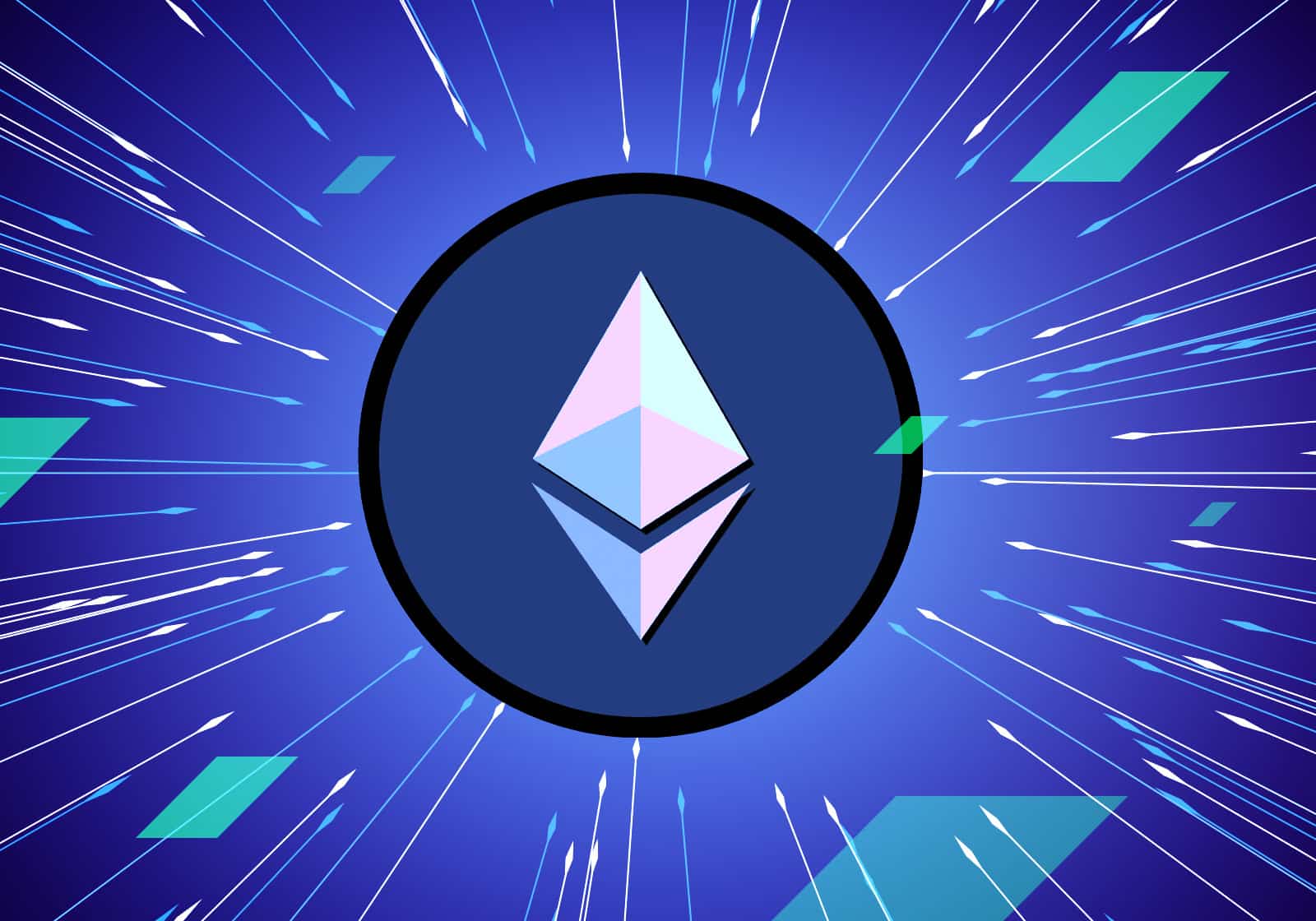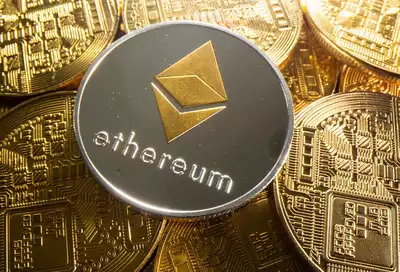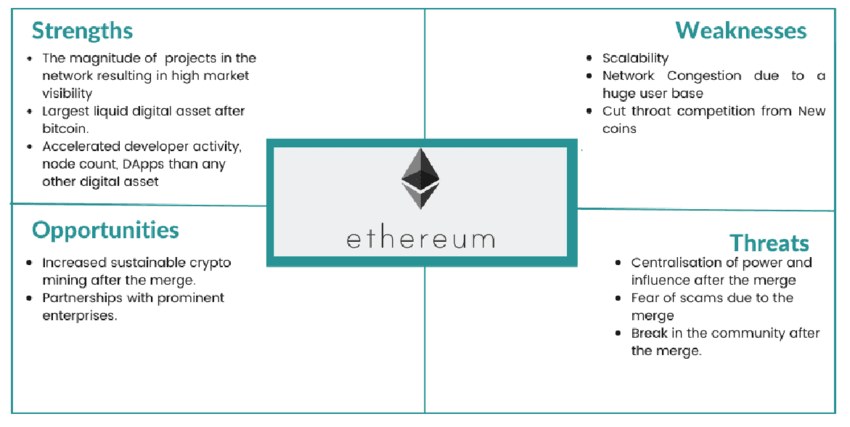Ethereum: The World Computer
What is Ethereum?
Ethereum is often described as "the world computer" — a global, decentralized platform for running applications that execute exactly as programmed without any possibility of downtime, censorship, fraud, or third-party interference. While Bitcoin introduced the world to decentralized digital money, Ethereum expanded the concept by creating a programmable blockchain that can do much more than just transfer value.
At its core, Ethereum is a decentralized computing platform that runs smart contracts: applications that run exactly as programmed without any possibility of downtime, censorship, fraud, or third-party interference. These smart contracts are what make Ethereum so powerful and versatile.
A Brief History of Ethereum
Ethereum was first conceptualized by Vitalik Buterin in late 2013. A programmer and cryptocurrency researcher, Buterin believed that Bitcoin needed a scripting language for application development. When he couldn't get his ideas implemented in the Bitcoin community, he proposed a new platform with a more general scripting language.

The Ethereum platform was officially announced in January 2014, with its core team including Vitalik Buterin, Mihai Alisie, Anthony Di Iorio, Charles Hoskinson, Joe Lubin, and Gavin Wood. Development was funded by an online crowdsale that took place between July and August 2014, raising more than $18 million in Bitcoin.
The Ethereum network went live on July 30, 2015, with 72 million pre-mined Ether. Since then, it has undergone several significant upgrades, including:
- Homestead (2016) - The first planned upgrade, considered the stable release
- Metropolis: Byzantium and Constantinople (2017-2019) - Introduced various improvements
- Beacon Chain Launch (2020) - Started the transition to Ethereum 2.0
- The Merge (2022) - Transitioned from Proof of Work to Proof of Stake
- Shanghai (2023) - Enabled staking withdrawals and reduced gas costs
How Ethereum Works
The Ethereum Virtual Machine (EVM)
The Ethereum Virtual Machine (EVM) is the runtime environment for smart contracts in Ethereum. It's completely isolated, which means that code running inside the EVM has no access to network, filesystem, or other processes. Smart contracts even have limited access to other smart contracts.
Every node in the Ethereum network runs an implementation of the EVM, allowing them to agree on the execution of smart contract code. This consensus ensures that the same operations produce the same results across the network, maintaining Ethereum's integrity and security.
Smart Contracts
Smart contracts are self-executing contracts with the terms directly written into code. They automatically enforce and execute agreements when predefined conditions are met, without the need for intermediaries. Developers typically write smart contracts in high-level languages like Solidity or Vyper, which are then compiled into EVM bytecode.
// A simple Ethereum smart contract example
pragma solidity ^0.8.0;
contract SimpleStorage {
uint private storedData;
function set(uint x) public {
storedData = x;
}
function get() public view returns (uint) {
return storedData;
}
}This simple smart contract allows anyone to store a single number and retrieve it later. While basic, it demonstrates the fundamental concept of state storage and retrieval on the Ethereum blockchain.
From Proof of Work to Proof of Stake
Initially, Ethereum used a Proof of Work (PoW) consensus mechanism similar to Bitcoin, where miners solved complex mathematical puzzles to validate transactions and create new blocks. However, this approach consumed massive amounts of energy and had scalability limitations.
In 2022, Ethereum completed "The Merge," transitioning to a Proof of Stake (PoS) consensus mechanism. Under PoS, validators stake ETH as collateral to participate in block validation. This transition reduced Ethereum's energy consumption by approximately 99.95% and laid the groundwork for future scalability improvements.

Ether (ETH): Ethereum's Native Currency
Ether (ETH) is the native cryptocurrency of the Ethereum platform. It serves two main purposes:
- Digital currency: ETH can be transferred between accounts and used as a store of value or medium of exchange
- Gas: ETH is used to pay for computation and transaction execution on the Ethereum network
Gas and Transaction Fees
Gas is the unit that measures computational effort required to execute operations on Ethereum. Every operation that can be performed by a transaction or contract on the Ethereum platform costs a certain amount of gas. Gas fees are paid in ETH and help secure the network by preventing spam and incentivizing efficient code.
Gas prices fluctuate based on network demand. When many users are trying to execute transactions, gas prices increase as users bid to have their transactions processed faster.
Decentralized Applications (dApps)
Decentralized applications (dApps) are applications that run on a decentralized network rather than a single computer. On Ethereum, dApps consist of smart contracts (the backend) and a web interface (the frontend).
Some popular categories of dApps include:
- Decentralized Finance (DeFi): Financial services without intermediaries, including lending, borrowing, trading, and asset management
- Non-Fungible Tokens (NFTs): Unique digital assets representing ownership of items like art, collectibles, and virtual real estate
- Decentralized Exchanges (DEXs): Platforms for trading cryptocurrencies without a central authority
- Decentralized Autonomous Organizations (DAOs): Community-governed entities with decision-making encoded in smart contracts
- Gaming: Blockchain-based games with truly ownable digital assets
Ethereum's Key Strengths

Programmability
Unlike Bitcoin, which was designed primarily as a digital currency, Ethereum was built from the ground up to be programmable. This flexibility allows developers to create a wide range of applications beyond simple value transfer.
Network Effect
Ethereum has the largest ecosystem of developers, applications, and users in the blockchain space. This network effect creates a virtuous cycle: more developers build on Ethereum because that's where the users are, and more users come to Ethereum because that's where the applications are.
Composability
Ethereum's open architecture allows applications to interact with each other seamlessly. Developers can build on top of existing protocols and applications, creating complex financial legos that unlock new possibilities. This composability has been a key driver of innovation in the ecosystem.
Challenges and Future Developments
Scalability
Despite its many strengths, Ethereum faces scalability challenges. The network can only process about 15-30 transactions per second, leading to high fees during periods of congestion. Several solutions are being developed to address this:
- Sharding: Splitting the network into multiple shards that can process transactions in parallel
- Layer 2 Solutions: Protocols built on top of Ethereum that handle transactions off the main chain while inheriting its security
- Rollups: Technology that bundles multiple transactions into a single one, reducing fees and increasing throughput
Interoperability
As the blockchain ecosystem grows, the need for different chains to communicate with each other becomes more important. Projects are working on cross-chain bridges and standards to enable seamless interoperability between Ethereum and other blockchains.
Regulatory Uncertainty
The regulatory landscape for cryptocurrencies and blockchain technology is still evolving. Different jurisdictions have different approaches, creating uncertainty for developers and users. Ethereum's decentralized nature makes it resilient to regulation, but the ecosystem still faces challenges in navigating this uncertain environment.
Getting Started with Ethereum
Setting Up a Wallet
To interact with Ethereum, you'll need a wallet. Popular options include:
- MetaMask: A browser extension and mobile app that connects to the Ethereum network
- Coinbase Wallet: A user-friendly wallet by the popular exchange
- Hardware Wallets: Physical devices like Ledger or Trezor that offer enhanced security
Acquiring ETH
You can acquire ETH through cryptocurrency exchanges, peer-to-peer platforms, or as payment for goods and services. For small test transactions, you can use "faucets" on test networks to get free test ETH.
Learning Resources
If you're interested in developing on Ethereum, check out these resources:
- Ethereum Developer Portal
- CryptoZombies - Interactive coding lessons
- Hardhat - Development environment for Ethereum
Conclusion
Ethereum has revolutionized what's possible with blockchain technology. By creating a platform where anyone can deploy code that runs exactly as programmed, Ethereum has enabled a new wave of innovation in finance, governance, art, and beyond. While challenges remain, the ecosystem continues to evolve and improve, moving towards a more scalable, secure, and accessible future.
Whether you're a developer, investor, or simply curious about blockchain technology, Ethereum offers a fascinating glimpse into what might be the future of the internet — a more open, transparent, and user-controlled digital world.
"Ethereum is a general-purpose blockchain that is more suited for describing business logic, having the ability to build applications with which people can interact." — Gavin Wood, Co-founder of Ethereum